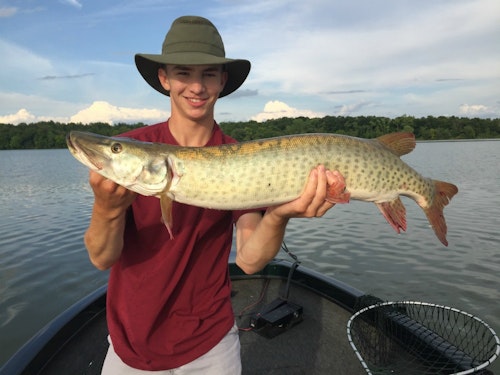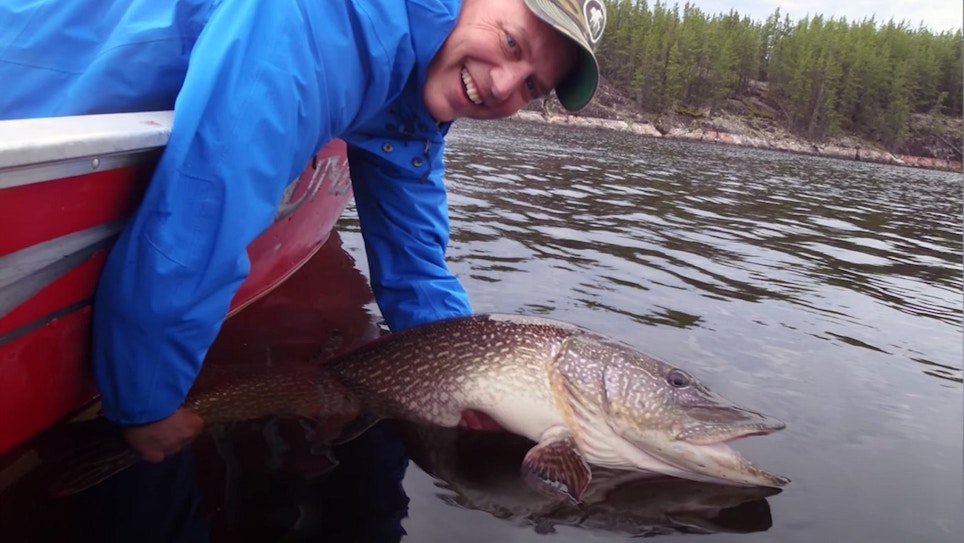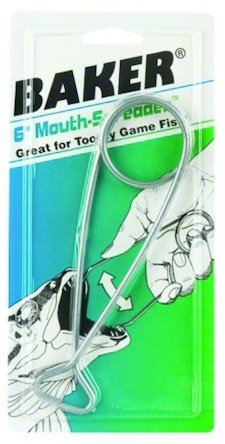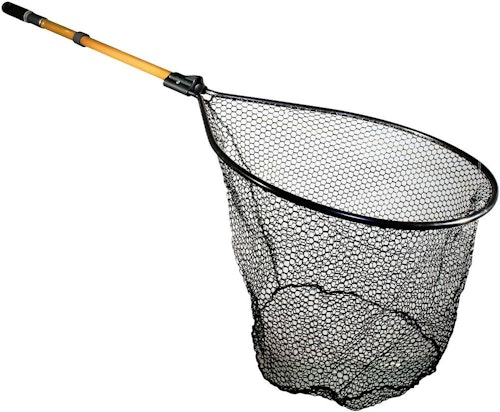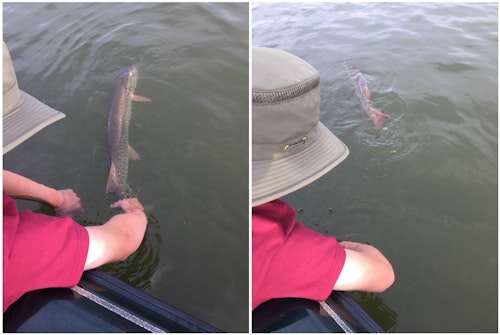Compared to previous generations, there’s no doubt today’s angler has the potential to be better at catching fish throughout the year in all weather conditions. In my opinion, the reason is the amount of helpful how-to content on YouTube, as well as advancements in fishing electronics, as well as better rods, reels, lines and lures.
In the past, I believed 10% of the fishermen caught 90% of the fish, but I don’t think it’s true today. More and more anglers are getting better at finding and catching fish. Because of this shift, it’s important for all anglers to use proper catch-and-release tools and techniques.
Catch-and-Release Tools
There are several tools I carry with me every time I’m fishing. The first is a topnotch long-nose pliers for removing hooks. Rapala makes several decent models; my favorite is the 8.5-inch Fisherman’s Pliers (below) because it works just as well on small bass and big pike.
Next is a mouth spreader. Several companies make decent mouth spreaders, but my favorite is from Baker. The only way to safely remove hooks deep in the mouth of a walleye, pike or muskie is with the help of a mouth spreader. While the 6-inch model (below) works well on smaller fish, I like the 8-inch version for all-around use. Baker also makes a 10-inch model, which is great on the largest pike and muskies.
When fishing for pike and muskies I also carry a hook cutter. These tools are actually bolt cutters that anglers learned worked perfectly for cutting thick hooks on muskie lures. One brand with a good reputation among serious anglers is Knipex. The 8-inch spring-loaded version (71 12 200) easily cuts thick hooks and allows you to quickly and safely remove lures from a big pike or muskie. Tip: Carry extra treble hooks and heavy-duty split rings to rebuild a muskie lure after cutting hooks with the Knipex.
It’s also a good idea to carry a landing net that won’t harm a fish. I like the ones listed under the “Conservation” label on Frabill’s website. Specifically, I use the Knotless Conservation Nets. They come in several sizes depending on the size fish targeted.
These Frabill nets feature 100% knotless mesh netting, which eliminates injuries caused to fish by the sharp edges of knots. A tangle-free coating helps prevent lures/hooks from entangling in the net. They work well.
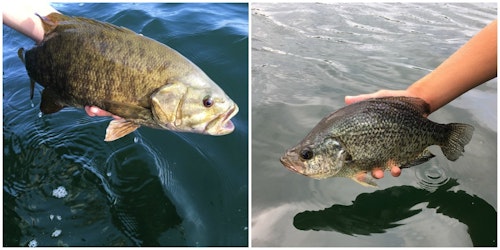
Catch-and-Release Techniques
Of course, no matter what tools you carry in the boat, a fish won’t have a decent chance of surviving after release unless an angler does a good job handling the fish. A few rules to remember:
- Don’t fight a fish until it’s totally spent. Fight the fish, but land it as soon as possible.
- Always wet your hands before handling fish to protect their slime layer.
- Don’t grab pike and muskies by the eyes.
- Hold long fish such as pike and muskies horizontally and not vertically.
- When holding bass by the bottom lip, don’t bend their jaw.
- Don’t bounce bass or other species on the bottom of the boat, regardless of whether the pros do it on TV and online. When fish contact the dry carpet of a boat, it removes their protective slime layer.
- If it takes more than a few seconds to remove a hook, then place a fish back in the water to ensure its survival before making attempt no. 2 or no. 3. A conservation net (see above) works well for this purpose.
- Hold a fish at boatside during release until it swims away. Panfish and bass can be held gently under the belly, while pike and muskies can be held by the tail. There’s no reason to pump a fish back and forth; simply hold it still and be patient. Some anglers believe it helps a pike or muskie recuperate faster if you gently move its tail back and forth (sideways).
- You’ll feel a fish gain strength in your hand; when the fish is ready to go, let it swim away and watch it until it disappears to the depths.
